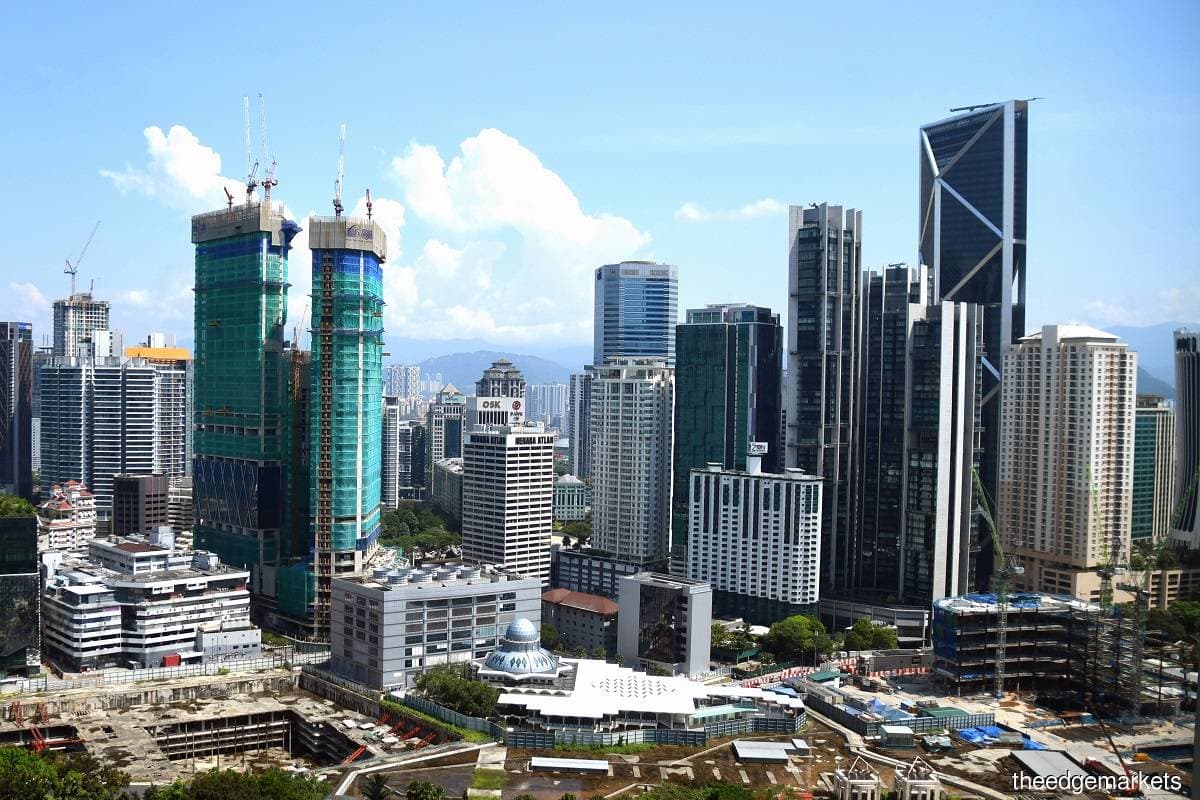
"In addition, more prolonged and elevated external headwinds would affect local consumer and business sentiment that in turn could lead to more moderate demand and investments ahead.”
KUALA LUMPUR (Dec 20): In the worst-case scenario, Malaysia's real gross domestic product (GDP) could grow at 2% to 3% in 2023 should the global economy fall into a deep recession and domestic demand fall sharply, according to projections by TA Securities Research.
As an open economy, Malaysia is vulnerable to any global crisis that could affect growth and trade, observed TA Securities, which agrees with the Ministry of Finance's assessment that exports are expected to slow significantly next year, reflecting the dampening effects of weaker global demand, easing of energy and commodity prices, and high base effects.
“In addition, more prolonged and elevated external headwinds would affect local consumer and business sentiment that in turn could lead to more moderate demand and investments ahead.
“A gradual normalisation in our domestic interest rate (along with major central banks globally), persistent high cost of living, and inflation would crimp consumer spending power. The unemployment rate will ease slightly to 3.5%-3.7% in 2023, from an estimated 3.8%-4.0% in 2022,” it said in its annual strategy 2023 report on Tuesday (Dec 20).
While both internal and external risks persist, TA Securities said the country's broad-based and diversified domestic economy should help support and cushion the impact of weaker exports.
Consequently, it projects real GDP to grow moderately by 4.5% next year (compared with the projected 7.5% growth in 2022).
“Another potential boost for Malaysia next year is the strength of China’s reopening and the economic resilience of the Asean countries. To note, China is Malaysia’s largest trading partner, accounting for 18.9% of total trade in 2021.
“We may also see some positive effects following the ratification of the Comprehensive and Progressive Agreement for Trans-Pacific Partnership (CPTPP) on our trade,” it noted.
Malaysia ratified the CPTPP on Sept 30, 2022, becoming the ninth out of 11 countries to ratify the agreement. The other signatories are Australia, Brunei, Canada, Chile, Japan, Mexico, New Zealand, Peru, Singapore, and Vietnam.
“Since a new government is now in place, it is vital for it to relook at the CPTPP and its implications, as it was supposed to take effect on Nov 29, 2022, before Parliament was dissolved that month,” said TA Securities.
Ringgit to close at 4.20-4.25 level next year
On the local currency, the research house tweaked its 2022 average ringgit forecast slightly to 4.40 against the US dollar, from 4.43 previously.
This was due to a strong correction in the ringgit to trade below the 4.60 level, following the less aggressive approach by the US Federal Reserve in its December meeting. On top of that, the research house said the ringgit would continue to improve, following the appointment of Datuk Seri Anwar Ibrahim as the 10th prime minister of Malaysia.
“Trend-wise, we predict the ringgit to improve in 2023, from the current trading range, aided by the still-solid economic fundamentals, expectations of less-aggressive monetary tightening in the US, and a a gradual increase in the overnight policy rate by Malaysia’s central bank.
“By the end of next year, we forecast the ringgit to close at 4.20-4.25 to the US dollar. On average, it would be at 4.35.
“On top of that, we expect further improvement in the local currency to close at 4.10-4.15 to the US dollar, with an average of 4.25 in 2024. This will be underpinned by the momentum of economic growth, and a pause in US interest rate hikes in the second half of 2023, with high probabilities for a cut in 2024,” it added.
At the time of writing on Tuesday, the local note was trading slightly weaker at 4.4342 against the US dollar, compared with the previous day's close at 4.4250.